After digging into some documentation about iconv, I think you can accomplish this using only the base package. But you need to pay extra attention to the encoding of the string.
On a system with UTF-8 encoding:
> stri_escape_unicode("你好世界")
[1] "\\u4f60\\u597d\\u4e16\\u754c"
# use big endian
> iconv(x, "UTF-8", "UTF-16BE", toRaw=T)
[[1]]
[1] 4f 60 59 7d 4e 16 75 4c
> x <- "•"
> iconv(x, "UTF-8", "UTF-16BE", toRaw=T)
[[1]]
[1] 20 22
But, if you are on a system with latin1 encoding, things may go wrong.
> x <- "•"
> y <- "\u2022"
> identical(x, y)
[1] FALSE
> stri_escape_unicode(x)
[1] "\\u0095" # <- oops!
# culprit
> Encoding(x)
[1] "latin1"
# and it causes problem for iconv
> iconv(x, Encoding(x), "Unicode")
Error in iconv(x, Encoding(x), "Unicode") :
unsupported conversion from 'latin1' to 'Unicode' in codepage 1252
> iconv(x, Encoding(x), "UTF-16BE")
Error in iconv(x, Encoding(x), "UTF-16BE") :
embedded nul in string: '\0•'
It is safer to cast the string into UTF-8 before converting to Unicode:
> iconv(enc2utf8(enc2native(x)), "UTF-8", "UTF-16BE", toRaw=T)
[[1]]
[1] 20 22
EDIT: This may cause some problems for strings already in UTF-8 encoding on some particular systems. Maybe it's safer to check the encoding before conversion.
> Encoding("•")
[1] "latin1"
> enc2native("•")
[1] "•"
> enc2native("\u2022")
[1] "•"
# on a Windows with default latin1 encoding
> Encoding("测试")
[1] "UTF-8"
> enc2native("测试")
[1] "<U+6D4B><U+8BD5>" # <- BAD!
For some characters or lanuages, UTF-16 may not be enough. So probably you should be using UTF-32 since
The UTF-32 form of a character is a direct representation of its codepoint.
Based on above trial and error, below is probably one safer escape function we can write:
unicode_escape <- function(x, endian="big") {
if (Encoding(x) != 'UTF-8') {
x <- enc2utf8(enc2native(x))
}
to.enc <- ifelse(endian == 'big', 'UTF-32BE', 'UTF-32LE')
bytes <- strtoi(unlist(iconv(x, "UTF-8", "UTF-32BE", toRaw=T)), base=16)
# there may be some better way to do thibs.
runes <- matrix(bytes, nrow=4)
escaped <- apply(runes, 2, function(rb) {
nonzero.bytes <- rb[rb > 0]
ifelse(length(nonzero.bytes) > 1,
# convert back to hex
paste("\\u", paste(as.hexmode(nonzero.bytes), collapse=""), sep=""),
rawToChar(as.raw(nonzero.bytes))
)
})
paste(escaped, collapse="")
}
Tests:
> unicode_escape("•••ERROR!!!•••")
[1] "\\u2022\\u2022\\u2022ERROR!!!\\u2022\\u2022\\u2022"
> unicode_escape("Hello word! 你好世界!")
[1] "Hello word! \\u4f60\\u597d\\u4e16\\u754c!"
> "\u4f60\u597d\u4e16\u754c"
[1] "你好世界"


